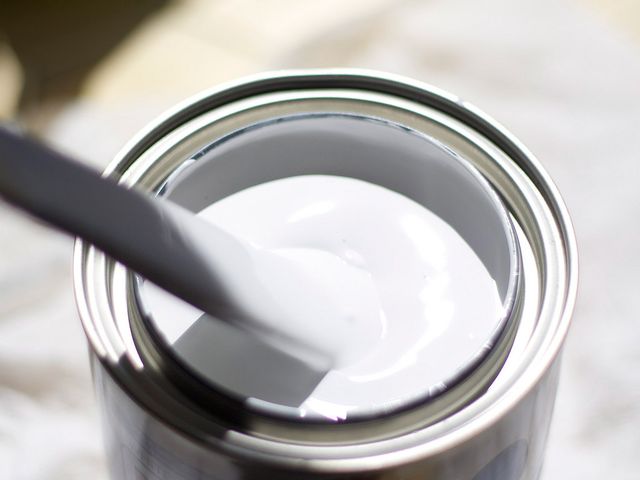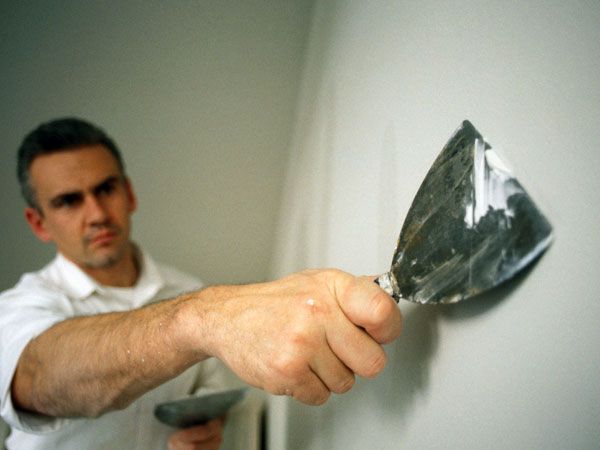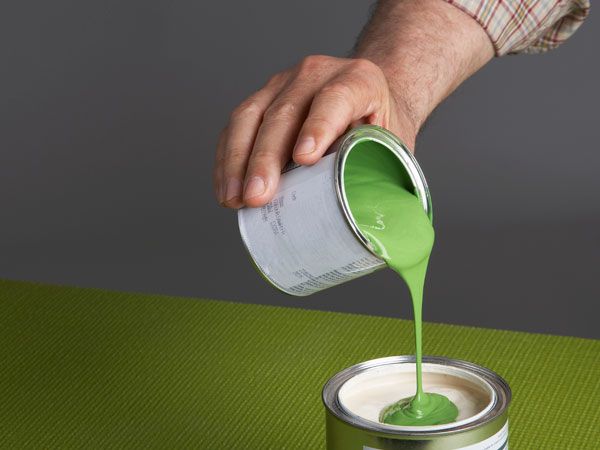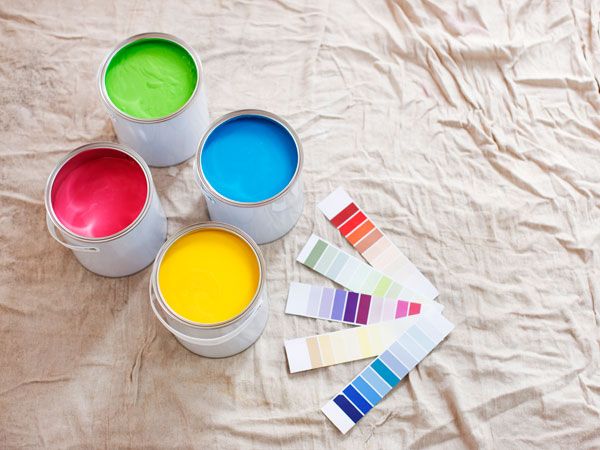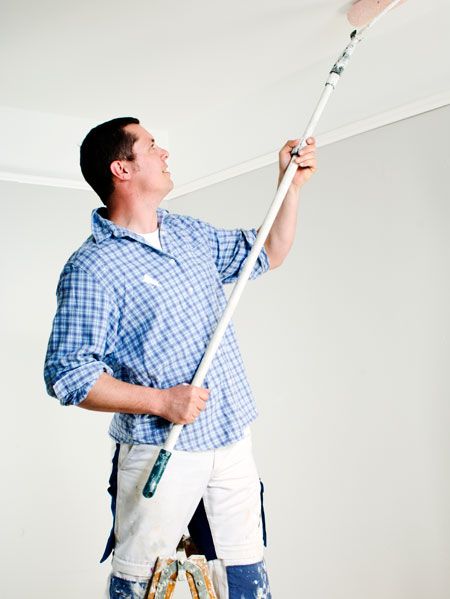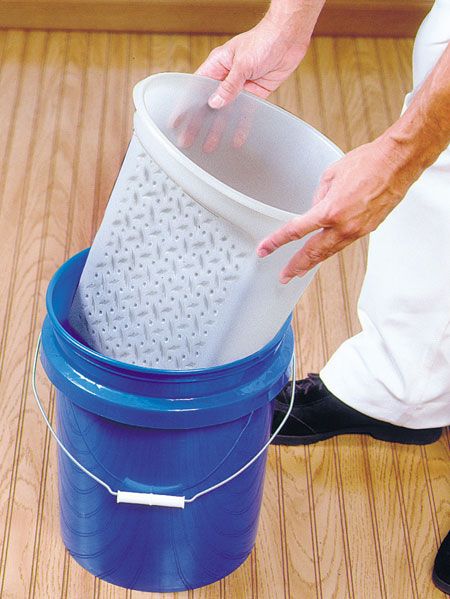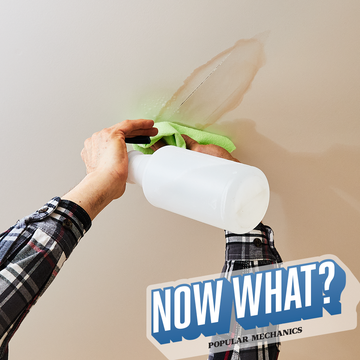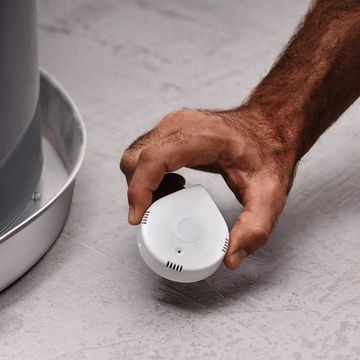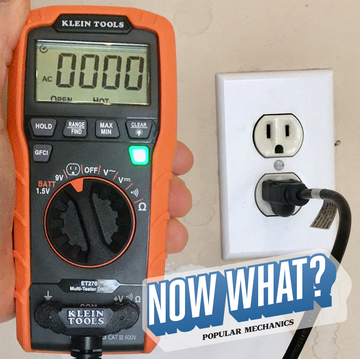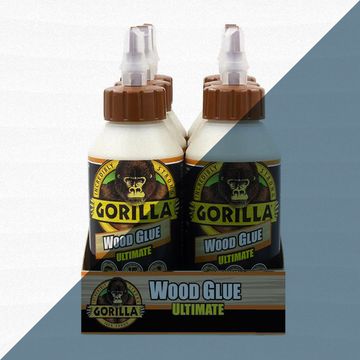How to Paint a Room
Painting interior walls is the easiest way to freshen up your place. But this project can quickly turn into a nightmare if you're not careful. Follow these six tips the next time you paint and you'll get great-looking walls while keeping your sanity.
Interior painting is by far the most popular do-it-yourself home improvement activity, and it's easy to see why. There's no better, more affordable way to freshen up rooms than with a new coat of paint. Plus, painting isn't terribly difficult and doesn't require specialized training. Any able-bodied homeowner can paint rooms—all you need is a little patience, practice, and some helpful advice.
These painting tips can help even novice DIYers achieve professional-quality results. Follow these suggestions and you'll not only paint better, you'll work faster and neater, too.
Watch Next

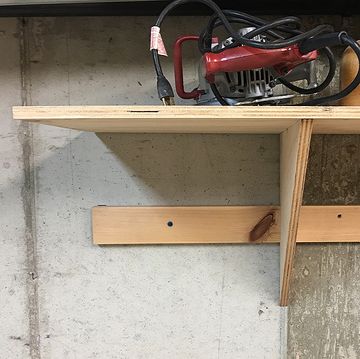
How To Build Your Own Shop Shelves

Our Tried-and-True Drywall Repair Hacks
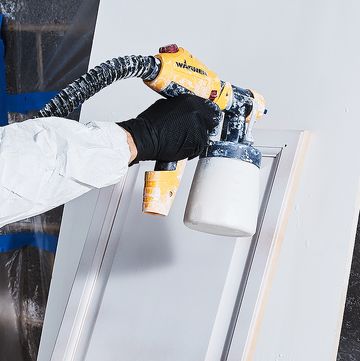
How to Spray-Paint Kitchen Cabinets

Window Inserts Will Slash Your Heating Bill
